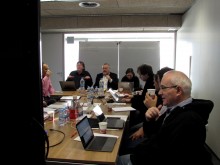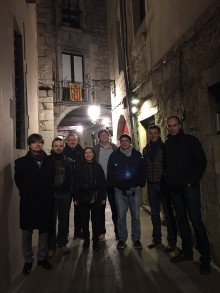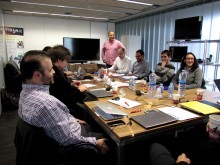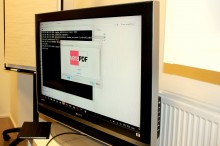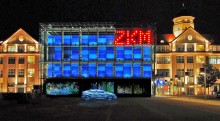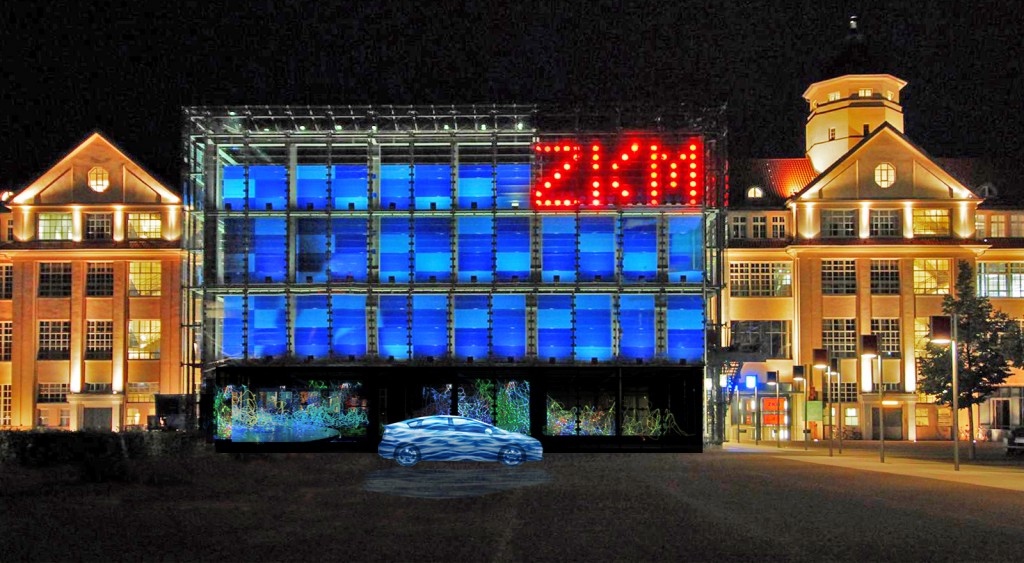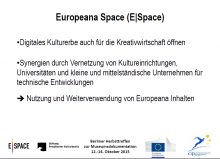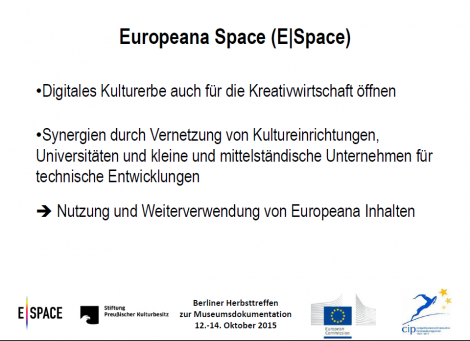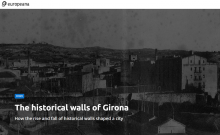Source: https://www.berlinale.de/en/das_festival/festivalprofil/profil_der_berlinale/index.html
Berlin: an exciting, cosmopolitan cultural hub that never ceases to attract artists from around the world. A diverse cultural scene, a critical public and an audience of film-lovers characterise the city. In the middle of it all, the Berlinale: a great cultural event and one of the most important dates for the international film industry. More than 330,000 sold tickets, more than 20,000 professional visitors from 128 countries, including more than 3,700 journalists: art, glamour, parties and business are all inseparably linked at the Berlinale.
The entire world of film
The public programme of the Berlin International Film Festival shows about 400 films per year, mostly international or European premieres. Films of every genre, length and format find their place in the various sections: great international cinema in the Competition, independent and art house in Panorama, films for young audiences in Generation, new discoveries and promising talents from the German film scene in Perspektive Deutsches Kino, avant garde, experimental and unfamiliar cinematography in the Forum and Forum Expanded, and an exploration of cinematic possibilities in Berlinale Shorts. The Berlinale Special, including Berlinale Special Gala, is showing new and extraordinary productions and honours great cinema personalities. Berlinale Special Series, which began in 2015, presents selected international series. The programme is rounded out by a Retrospective as well as an Homage, which focuses on the œuvre of a great personality of cinema, curated by the Deutsche Kinemathek – Museum für Film und Fernsehen. Beginning in 2013, the Retrospective expanded to include presentations of Berlinale Classics. They show current restorations of film classics as well as rediscovered films.
Furthermore the Berlinale has regularly organised a programme of special presentations that open up new perspectives, provide insight into key themes, make new connections and explore realms where film intersects with other creative disciplines. Food, pleasure and the environment – these are the topics that lie at the centre of the Culinary Cinema. Berlinale Goes Kiez is travelling from arthouse cinema to arthouse cinema within the city to present selected films from the Berlinale programme and NATIVe – A Journey into Indigenous Cinema is devoted to the cinematic story-telling of Indigenous peoples worldwide.
The film industry at the Berlinale
The Berlin International Film Festival is a source of inspiration in the global film community: film programmes, workshops, panel discussions, joint projects with other social and cultural actors – the forms of cooperation and the possibilities for creative interaction are countless.
The most important meeting point is the European Film Market (EFM). Around 400 companies and more than 8,000 professionals from 95 countries build and foster contacts here, strengthen their position in the industry or negotiate film rights.
The Berlinale Co-Production Market, affiliated to the EFM, offers fertile ground for international co-productions.
Berlinale Talents brings high profile professionals attending the Berlinale to workshops and discussions with 300 promising young film talents from all over the world. Both sides benefit. The talents profit from the experience of the professionals, who in turn gain fresh ideas from taking part.
The World Cinema Fund (WCF) provides financial support to film projects in countries with weak film infrastructure thereby helping strengthen the regions’ position on the international film market.
The Berlinale Residency programme offers international directors a grant to come to Berlin for several months. Working in close contact with individually selected mentors and market experts, the directors can take a decisive step toward placing their next film project on the way to a successful theatrical release.
The close connection between the festival and market is a unique characteristic of the Berlinale and always results in exceptional synergies.
Further information
Event website: https://www.berlinale.de/en/HomePage.html


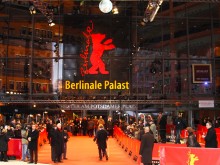
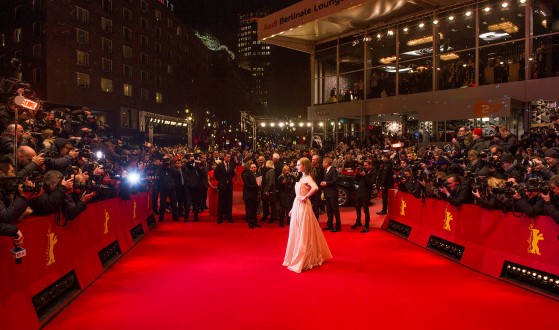
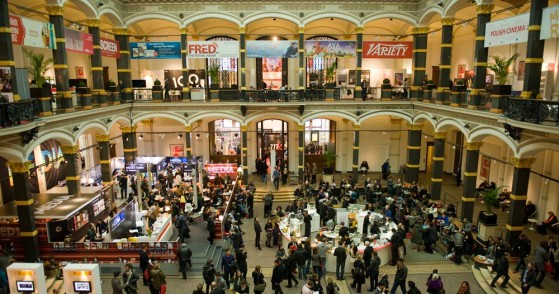






















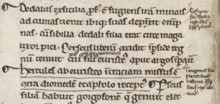




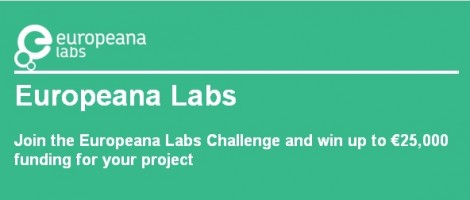
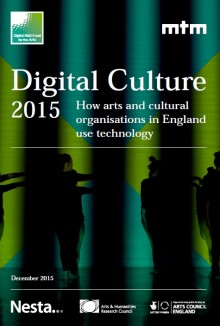
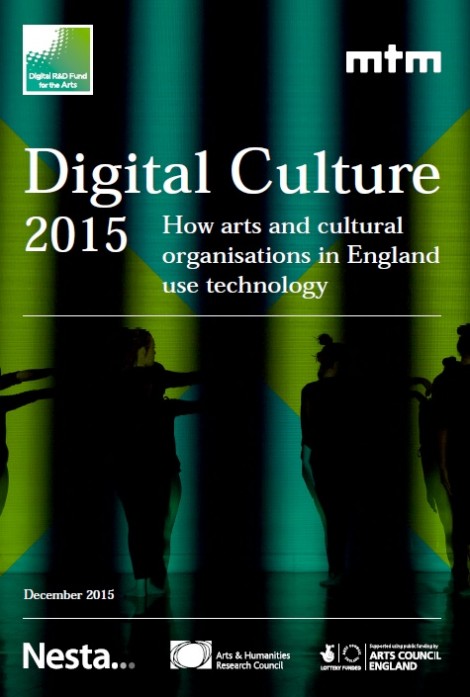

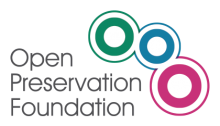 As the digital preservation community is increasingly deploying tools into productive environments, the need to systematically evaluate and share evidence about the quality of these tools has become a pressing need. At the Benchmarking Forum at IPRES 2015, researchers, community organizations and practitioners discussed opportunities and challenges in adopting software benchmarking as a systematic tool for evaluating digital preservation tools. Outcomes include an initial set of benchmark specifications for targeted scenarios elaborated jointly during the workshop, and a set of concrete collaborative actions to take place in 2016.
As the digital preservation community is increasingly deploying tools into productive environments, the need to systematically evaluate and share evidence about the quality of these tools has become a pressing need. At the Benchmarking Forum at IPRES 2015, researchers, community organizations and practitioners discussed opportunities and challenges in adopting software benchmarking as a systematic tool for evaluating digital preservation tools. Outcomes include an initial set of benchmark specifications for targeted scenarios elaborated jointly during the workshop, and a set of concrete collaborative actions to take place in 2016.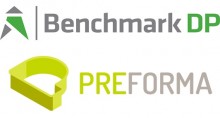 This webinar will widen the conversation to include those who were unable to attend IPRES, provide a summary of key concepts, but most importantly, provide an opportunity to join efforts with BenchmarkDP, OPF and the
This webinar will widen the conversation to include those who were unable to attend IPRES, provide a summary of key concepts, but most importantly, provide an opportunity to join efforts with BenchmarkDP, OPF and the 